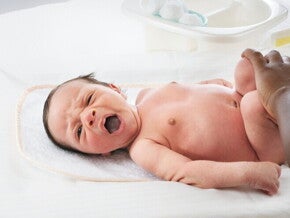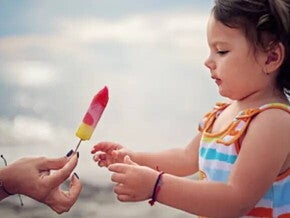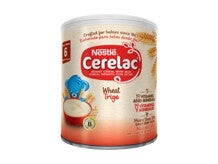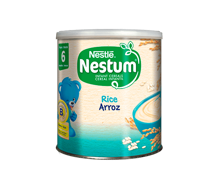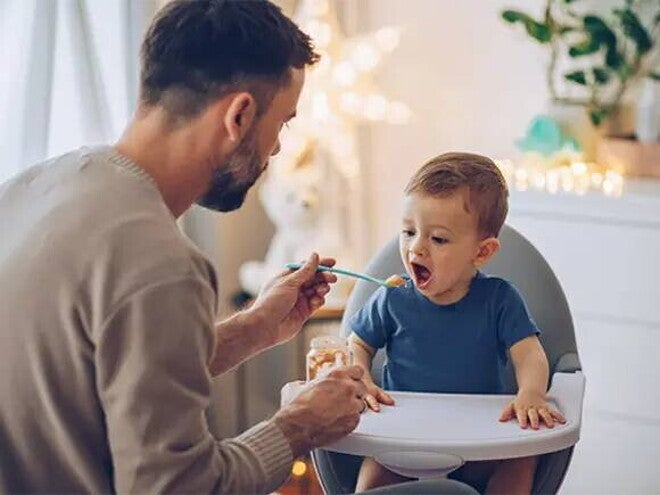
How Complementary Feeding Can Combat Infant Iron Deficiency Anemia
The World Health Organization (WHO) recommends exclusive breastfeeding in children during the first 6 months of life and then supplementing with nutritious foods. From that age onwards, it is necessary to increase the intake of some nutrients such as iron, thus beginning complementary feeding.
During each stage of growth and development, your little one acquires and develops countless skills, while their energy and nutritional requirements vary.
During the first 6 months of life approximately, breast milk or infant formula (if indicated by a health professional when exclusive breastfeeding is not feasible) cover the nutritional requirements of babies (that is, they are capable of providing the necessary nutrients in sufficient quantities for optimal nutrition of children). Regarding iron, it is a nutrient whose reserves in the body decrease from birth, increasing the risk of iron deficiency anemia from the sixth month of age if fortified complementary feeding is not adequate.
A little context…
Did you know that iron deficiency anemia is the main cause of nutritional anemia in children under 3 years of age? In Latin America and the Caribbean there are 22.5 million children who have iron deficiency anemia and the maximum prevalence of severe malnutrition is concentrated in children between 6 and 24 months of age, which is manifested by growth and mental retardation.
The recommendation is that complementary feeding be sufficient, consistent and varied, paying special attention to quantities and frequency. Remember that good food administration will cover your child's nutritional and elemental needs.
How do I know if my little one has iron deficiency anemia?
At first, children with iron deficiency, which is the first stage of inadequate iron supply, may not have any present with any symptoms and it may be difficult to identify whether iron deficiency is present.
However, the second stage is iron deficiency anemia and this is where there are some signs that will help you identify more easily. Therefore, we prepared a simple list to identify the most common symptoms or signs of anemia in children that can help you suspect it and go to a healthcare professional.
- Paleness of the skin, mucous membranes or under the nails.
- Tiredness or fatigue, which is seen even more quickly when doing physical activity
- Irritability or appearing moody
- Dizziness and/or headache
- Fast heart rate
- Want to eat ice
How can I prevent my child from having iron deficiency anemia?
Iron deficiency anemia, the most common type, can be prevented with several actions, one of which is by making sure your little one receives enough iron in their diet when starting complementary feeding.
To prevent this, the ideal is for your child to consume fortified foods that provide significant amounts of iron with the recommended frequency, such as:
- Red meat, fish and chicken
- Iron-fortified infant cereals
- Legumes, such as beans, chickpeas, lentils or split peas, accompanied with foods that provide vitamin C, such as tomato, spinach, cauliflower, broccoli or with dessert fruits, such as pineapple, orange, strawberry, among others.
- Spinach or other green leafy vegetables, accompanied by foods that provide vitamin C.
Remember that the guidance of a doctor or health care professional is always the best option to maintain the healthy development of your little one.
Tell us how you incorporated these foods into your little one's daily diet? Share with us your experience!



